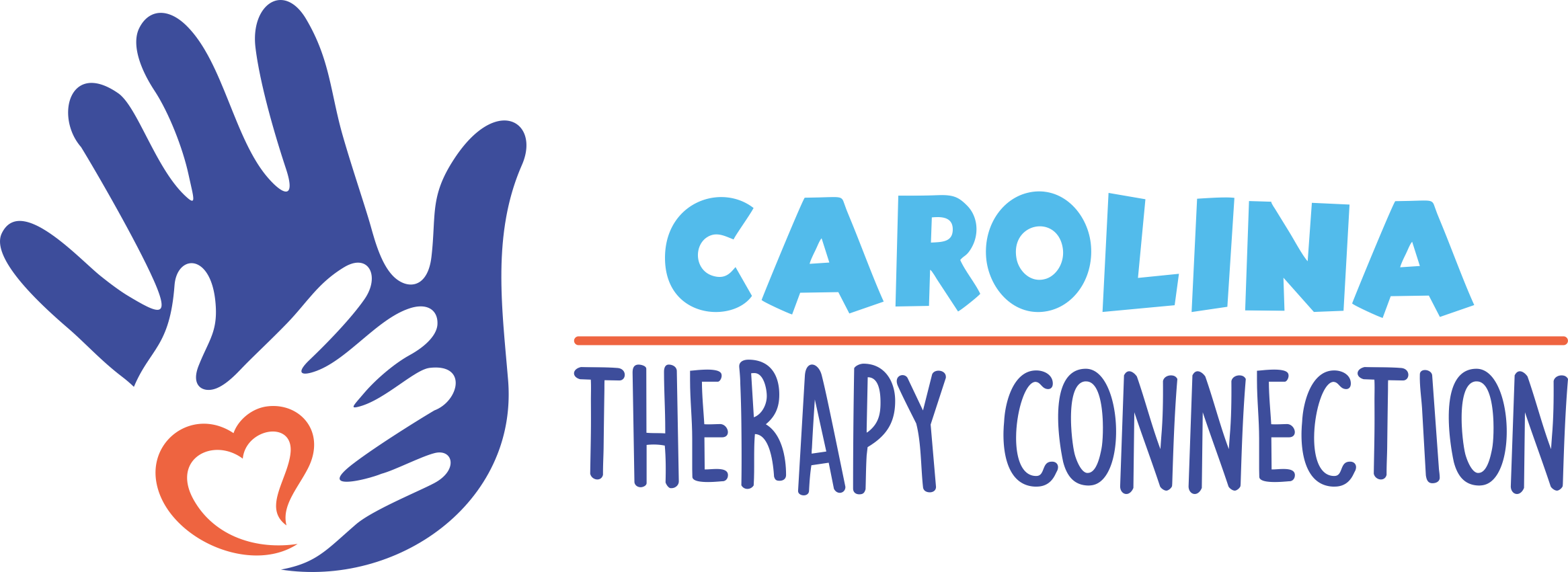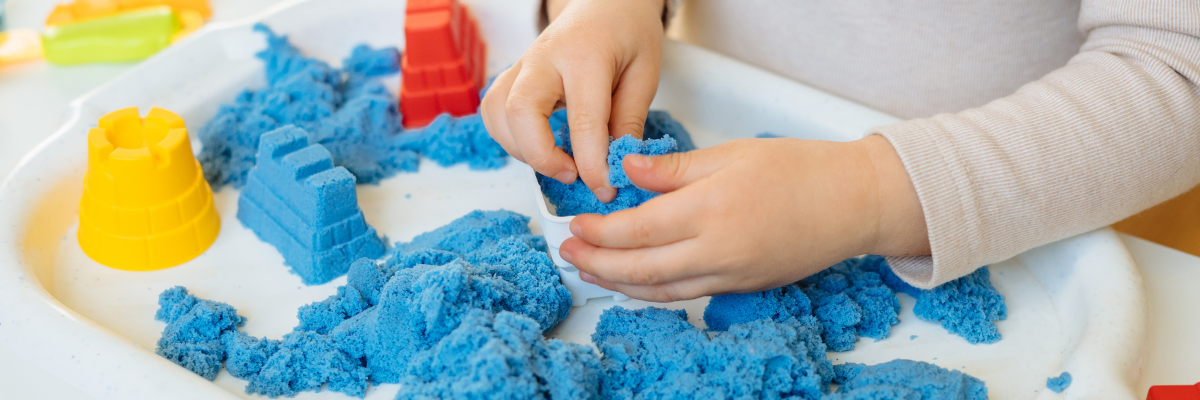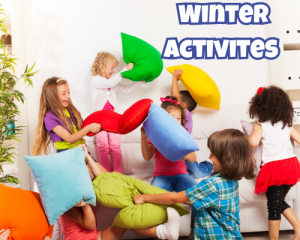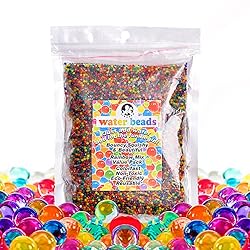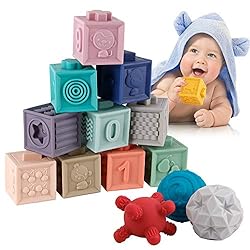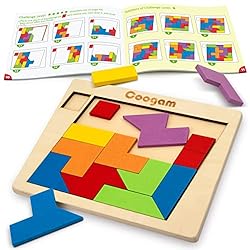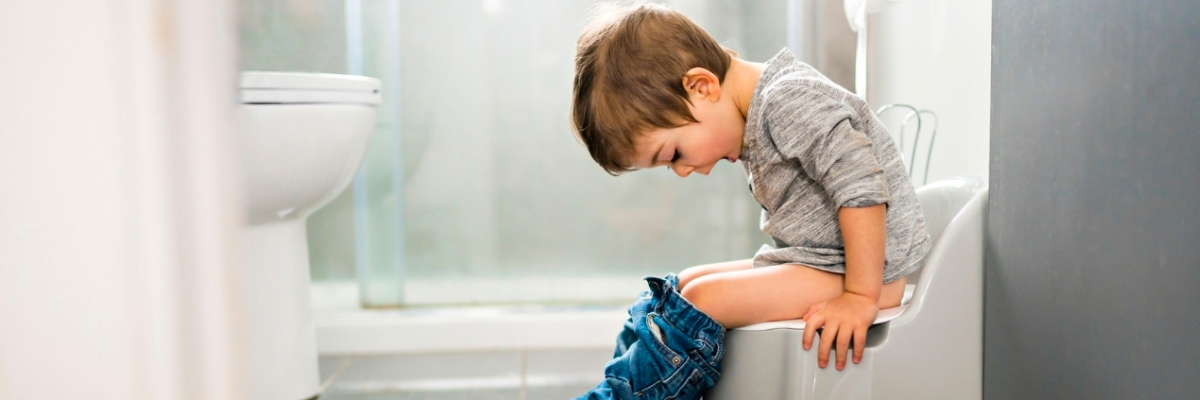Is My Child Ready For Potty Training?
Many parents ask the question, “Is my child ready for potty training?” Making the transition out of diapers is an important developmental milestone but it can also be a topic that causes frustration and anxiety for both children and their caregivers. Questions about when to start and how to promote a child’s success with potty training can feel overwhelming. If you are a caregiver that can relate to any of those feelings, this blog post is for you!
When Should I Start Potty Training?
This is a question that many caregivers ask themselves. A variety of factors must be considered before initiating the toilet training process. A child must be physically, emotionally, cognitively, and physiologically ready prior to starting the process. Here are some tips to identify whether your child may be ready:
Emotional readiness – Can your child tolerate sitting on the toilet or potty training seat? Are they excited about wearing “big kid” underwear?
Cognitive readiness: Can your child follow 1-2 step directions? Can they communicate their need to use the restroom?
Physiological readiness: Are they able to stay dry up to two hours at a time or wake up from a nap with a clean pull-up?
Physical readiness: Is your child able to sit on a toilet or potty training seat without assistance? Can they get on and off the toilet with little to no assistance? Can they assist with managing their clothing during toileting tasks?
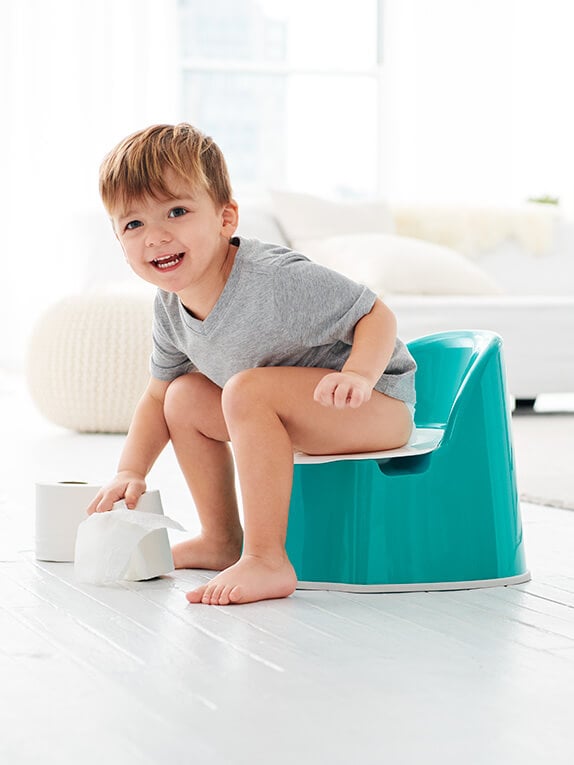
If you have said yes to the majority of the above questions, then your child may be ready to begin potty training!
At what age can I expect my child to start potty training?
The following list includes general guidelines to help establish a baseline of where a child might be on their journey towards potty training. However, each child has a different timeline in which they are emotionally, physically, cognitively, and physiologically ready for potty training. It is vital that you never push a child towards progressing through the developmental sequence. If you see meltdowns or signs of regression, it may be best to take a break and try again at a later time.
Developmental Sequence for Toileting:
1 year – Children indicate that they are wet/soiled through non-verbal signs of distress
2 years – Child begins to tolerate sitting on the toilet
30 months – Child communicates that they need to use the bathroom and will likely require assistance with managing their clothing and wiping
3 years – Children will initiate using the toilet independently. They may attempt to wipe but continue to require assistance for thoroughness.
4-4.5 years – Children may have a few accidents. They are able to manage their clothing independently.
5 years – Child is able to complete a full toilet routine independently, including washing and drying their hands.
5-7 years – Children are consistently able to stay dry throughout the night.
Tips to Help Progress Through the Potty Training Process
Whether it is the sound of the toilet flushing or the new environment, some children may have a fear of sitting on the toilet. If a child is anxious, they may be hesitant to sit on the toilet or may not even tolerate sitting on it. One method to help ease this transition is to allow the child to play with their favorite toys while sitting fully clothed on the toilet. Another method to make potty training fun is to invite the child into the process. You can do this by allowing the child to pick out their underwear and ask them to choose their potty seat. This helps address their newfound need for autonomy and allows them to take pride in the potty training process.
Establishing a consistent routine will help minimize a child’s accidents and increase their likelihood of using the toilet successfully. A general guideline is to prompt the child to sit on the toilet as soon as they wake up, after naps, and in two hour intervals throughout the day. Encourage your child to sit on the toilet for a few minutes at a time. It can be helpful to read a story to them while on the toilet or provide them with a preferred toy to make this time fun and engaging.
If a child is squatting, holding their genital area, or fidgeting, they may need to use the bathroom. Prompt the child to sit on the toilet when these signs occur. This can help the child become familiar with these signals to increase their ability to identify these signs as well.
- Celebrate the small victories.
It is important that parents and caregivers build up a child’s confidence and self-efficacy during the potty training process. Caregivers can do this by providing their child with positive praise and celebrating the small victories! Some examples of this include praising their child for sitting on the toilet, communicating that they need to use the bathroom, successfully using the toilet, and completing all other steps in the toileting sequence (ex. Pulling up their pants, flushing the toilet, washing their hands). Sticker charts can also help motivate children to use the bathroom by providing them with a tangible reward to work towards!
- Know there will be accidents.
In combination with Point 4 above, it is important to know that accidents will happen and how to respond when they do. Never punish a child for soiling their clothing. Instead, always be prepared with an extra set of underwear or clothing, especially when going out in the community.
You can find more tips on the potty training process here!
How can Carolina Therapy Connection Help?
If your kiddo struggles with self-regulation, completing their daily activities, or meeting developmental milestones, call our clinic at (252) 341-9944! Your child may benefit from an occupational therapy screening or formal evaluation!
Blog By: Emily Britt, OT
